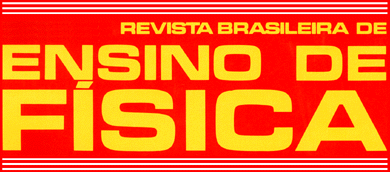Resumo em Português:
A Divulgação Científica (DC), no Brasil e em outros lugares do mundo, ao longo de décadas, tem passado por muitas transformações, e novos paradigmas estão sendo criados, outros abandonados, porém muitas questões ainda continuam em aberto. Uma delas refere-se à forma de comunicar as Ciências Naturais para a sociedade em geral. Com o objetivo de compreender como está ocorrendo a DC em um dos importantes campos das Ciências Naturais, a Física, este artigo compôs o estado da arte de pesquisas sobre a Física Quântica nesta área do conhecimento. Para tanto, esta pesquisa bibliográfica utilizou como base metodológica a análise de conteúdo de Bardin, com o intuito de identificar tendências em pesquisas que envolvam essa temática, e, como base de dados, foi usado os diretórios Scientific Electronic Library Online (SciELO) e Google Acadêmico, além de consulta direta aos principais periódicos da área. Foi encontrado um número pequeno (N = 11) de pesquisas em relação ao volume de produções acadêmicas consultadas (N = 137), ressaltando que existe um grande déficit a ser sanado. Além disso, a maioria das pesquisas encontradas, apesar de apresentarem abordagens relevantes, não utiliza satisfatoriamente uma linguagem que configure DC nos diferentes níveis de representação de fenômenos físicos, algo que pode eventualmente causar obstáculos de natureza epistemológica e visões inadequadas para os modelos desses fenômenos.
Resumo em Inglês:
Over the decades, the Scientific Dissemination, at Brazil and other places elsewhere in the world, has been through a lot of transformations, therefore/and, new paradigms are being created, other abandoned, however, many questions remain open. One of them refers to the manners in which the Natural Sciences are communicated to society in general. In order to understand how is currently happening the Scientific Dissemination in one of the most important fields of Natural Sciences, the Physics, this article is composed by the State of Art on the research about Quantum Physics, in this area of knowledge. Therefore, this bibliographical research used Bardin’s content analysis as a methodological support, with the aim of identifying trends in research involving this thematic, and, as a database, the Scientific Eletronic Library Online (SciELO) and Google Scholar were used, as well as, the direct consultation of the main journals/magazine in the area. A small number (N = 11) of studies were found, in relation to the volume of academic productions consulted (N = 137), emphasizing that there is a large deficit to be amended. Additionaly, the majority of founded research, despite presenting relevant approaches, it doesn’t satisfactorily uses a language that configures Scientific Dissemination at the different representation levels of physical phenomenas, something that may eventually cause epistemological obstacles and inadequate visions for the models of these phenomenas.
